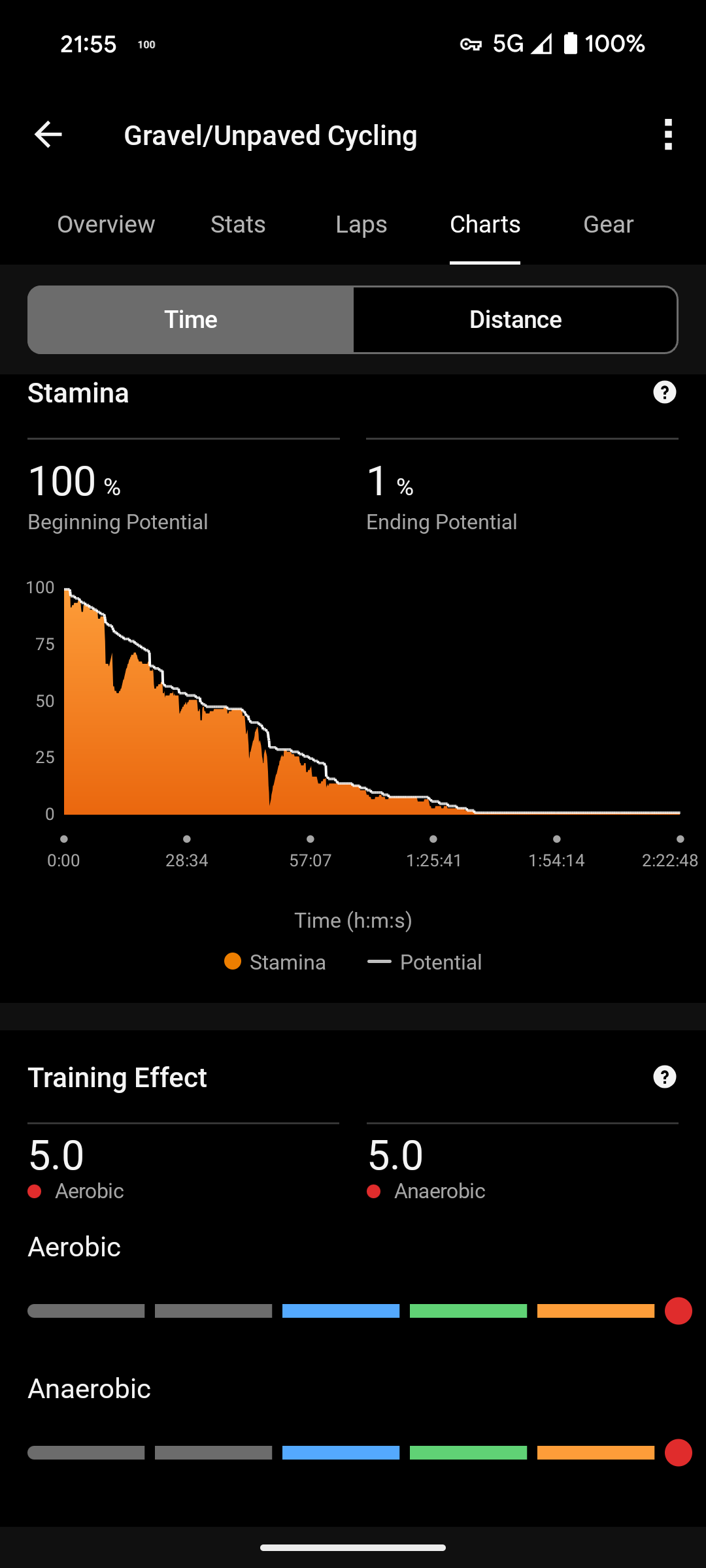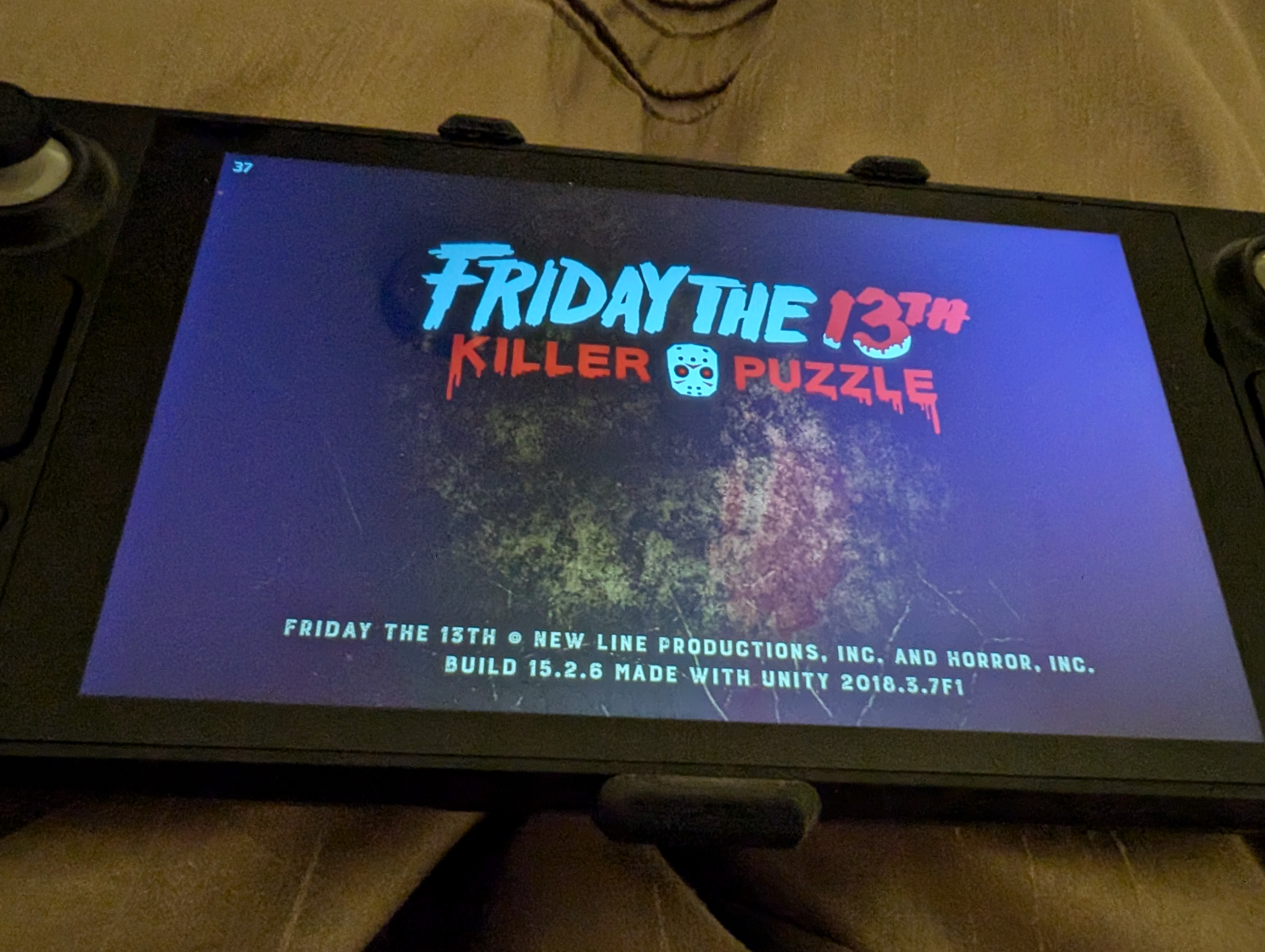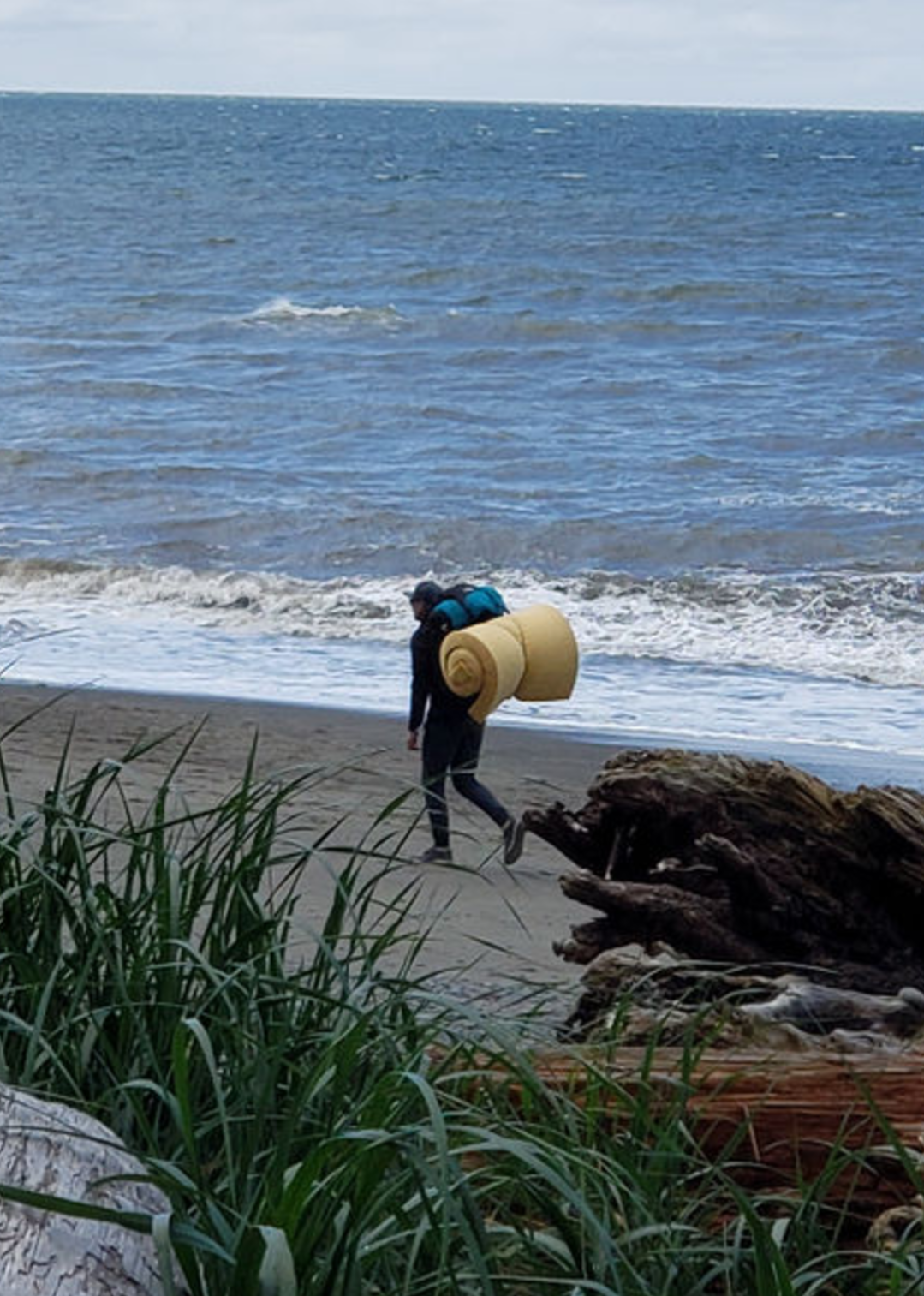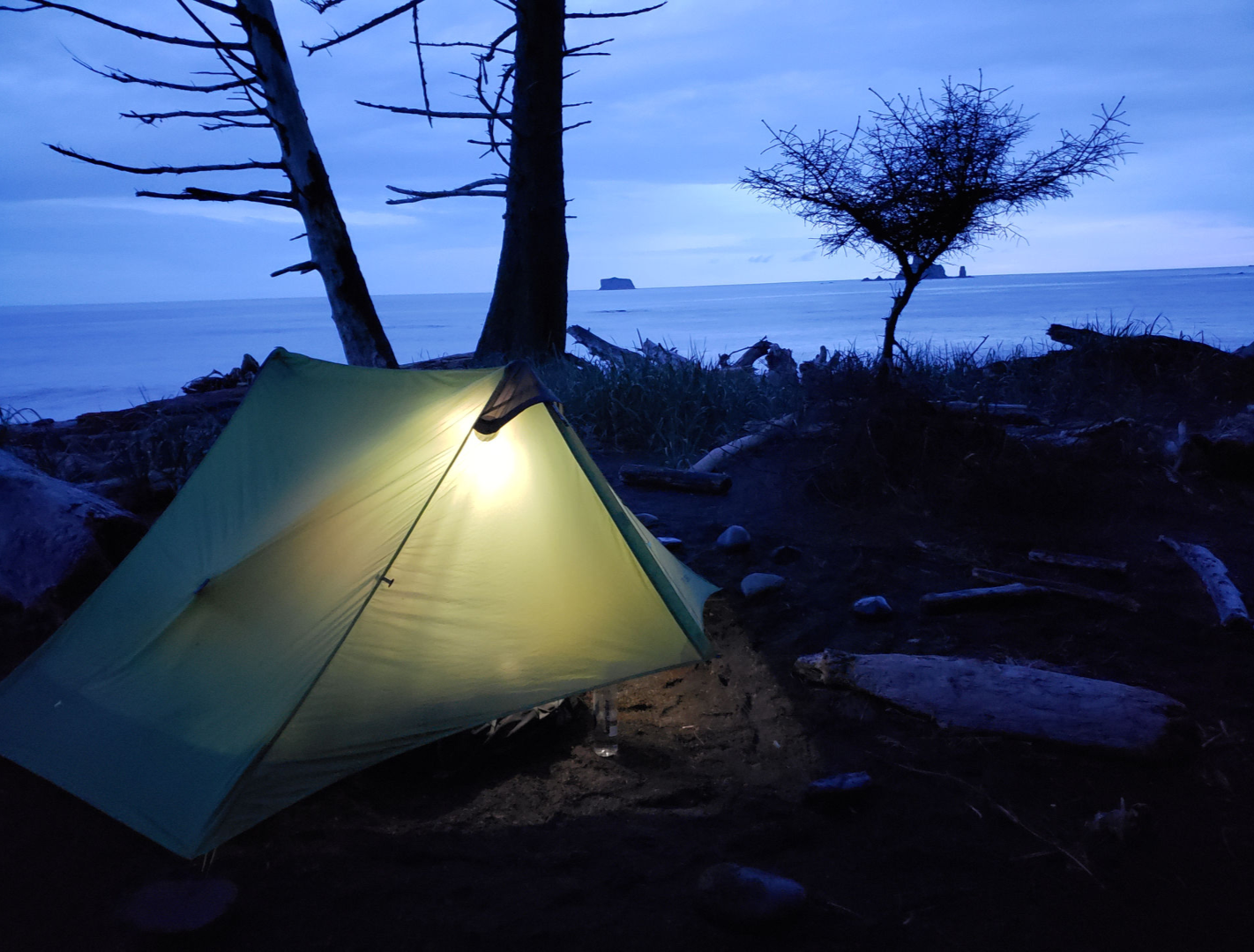Old news, but time for Jellyfin. I made the switch a couple months ago. Some minor teething issues, but better, IMO, especially now as my family all have LDAP users and that just works.
I have been using GRUB since it first existed. TIL.
Let's fix this headline:
Remote work benefits all in different ways.
You are an absolute genius. If I was in a house I would build this 100% (I build all kinds of random things).
~~Also, tell your husband to do the dishes if it's so easy.~~ Reading hard.
You one-upper, you.
I've got this meeting you can attend. It'll be fun, I promise.
For me, this is fine for casual rides, and I have done this frequently. But as soon as riding becomes training, better understanding of your anaerobic and aerobic use, calorie and sweat estimates, etc, is super helpful for progress.
It's very easy to overdo it otherwise, or not eat enough. For instance, I burned nearly 2K calories in 3 hours of ride time yesterday. And when Garmin has access to power, cadence, and heart rate data, those estimates are pretty darn accurate since calories are energy.
I'm pretty sure it was dead on with that ride 😆 A bit of hike a bike and back after sunset. But really, yea, it's now more accurate for me on stamina, had a similar ride today which made me think of that one, and stamina was at 25% this time.
Fun fact, #1 cause of gas station fires is static electricity, most likely from people sliding into their cloth seats while waiting for gas to pump. This is why some states don't have the tabs that keep the pump going.
How do you know this?
edit Oh you mean the neighbor saying that. I'm slow.
That sounds like a helpful bot.




Can your router open ports from a hostname vs an IP? If so, clients could run dynamic DNS.
WG client side isn't really that hard, though. All the fam run WG 24/7 on devices, and only traffic for the internal network goes through it.